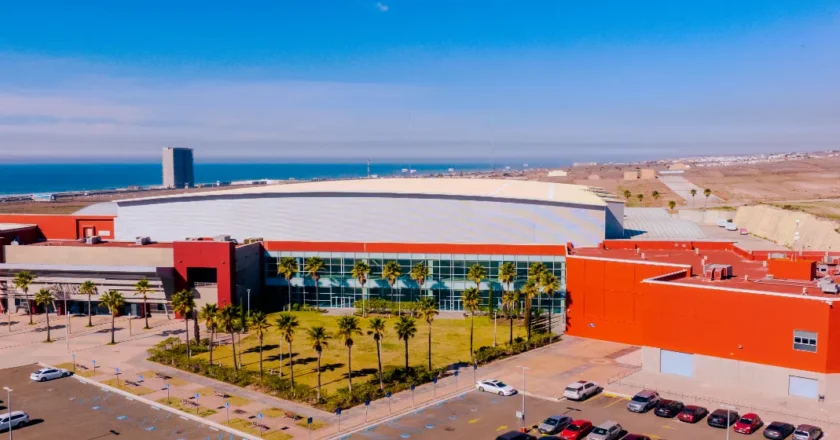Before you grab that taco or adjust your sunglasses — wash your hands. Seriously. Every May 5, the world celebrates …


Before you grab that taco or adjust your sunglasses — wash your hands. Seriously. Every May 5, the world celebrates …

Ensenada Celebrates Tuna Day with Free Family Event This Saturday, May 3, Ensenada is throwing a party for one of …

An event with a purpose, not just a swing. On May 22, Fundación Mi Chante will tee off at the …

A woman in her 50s tragically died Tuesday afternoon after crashing into a pole at the “El Gallo” overpass in …

How Baja plans to stay hydrated If you’ve been following our ongoing coverage of the 1944 Water Treaty, here’s your …

Mega Earthquake Simulation Today, But Baja’s Sitting This One Out If your phone starts screaming today and you happen to …

Baja California Throws Open the Doors Since Friday, April 26, the Tianguis Turístico has been buzzing at the Baja California …

Renewed Commitment Baja California Sur is entering a new phase in its security strategy. On April 25, Isaí Arias Famania, …

Governor Announces End of FIDEM, Pending Approval Governor Marina del Pilar confirmed that Baja California’s Business Development Trust (FIDEM) will …

Jennifer Lives On Through Organ Donation What started as a sunny afternoon in Los Arenales ended in tragedy for 16-year-old …